Hi Everyone
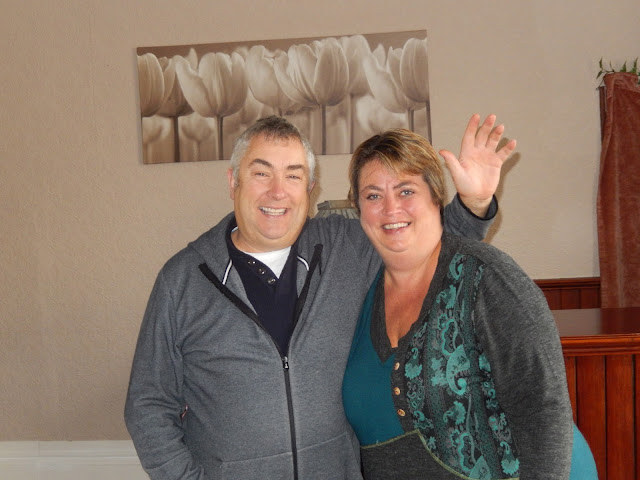 |
| Mine hosts: Paul and Lesley |
 |
| Hart Fell Spar. Note the ram’s skull above the entrance. |
 |
| Signage at the spar. |
 |
| View of area above Hart Fell Spar (2013). |
 |
| On the way to the top of Hart Fell, before the rain really set in (2015). |
I was determined this time to make it, but half way to the spar, the weather defeated me yet again—mist became a drizzle then a steady rain. My new hiking boots became waterlogged, even though they had been ‘proofed’, as did my jacket and my new waterproof overpants. I was starting to think that the spirits of the place had in it for me, or at least were testing me as if they were Threshold Guardians like those in Joseph Campbell’s The Hero’s Journey. I returned to my car and, after picking up maps and directions from my room, I headed out to sites I hadn’t expected to be visiting for a couple of days.
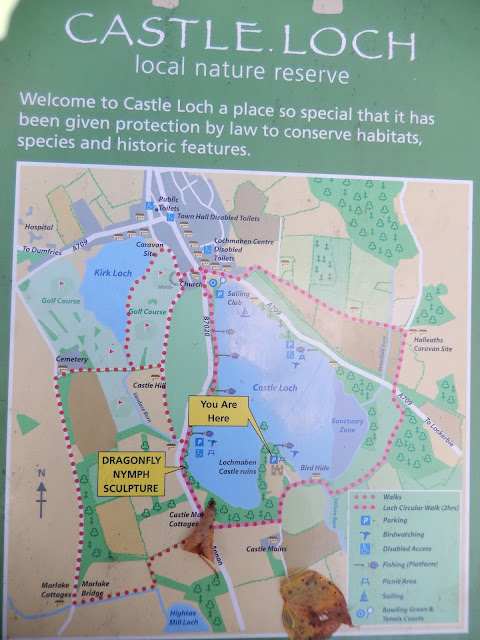 |
| Signage at Castle Loch |
 |
| Woods of Lochmaben |
 |
| Sky above Lochmaben |
 |
| Swans swimming in one of the bays of Castle Loch |
 |
| Line of ducks across the middle of the loch |
 |
| The mound behind the castle |
 |
| Path to the mound from the castle area |
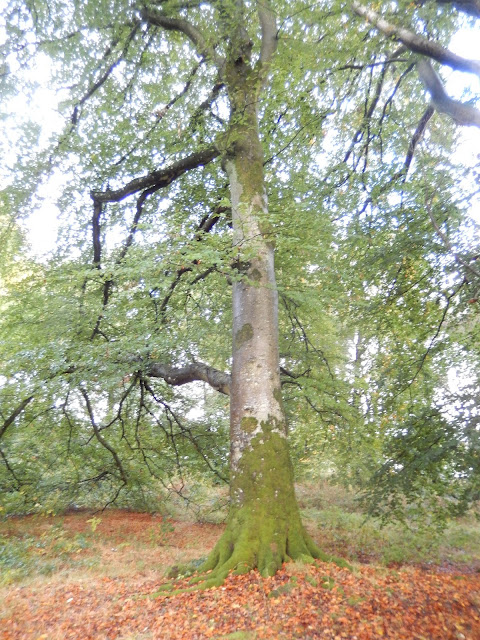 |
| One of the beech trees on the perimeter of the mound |
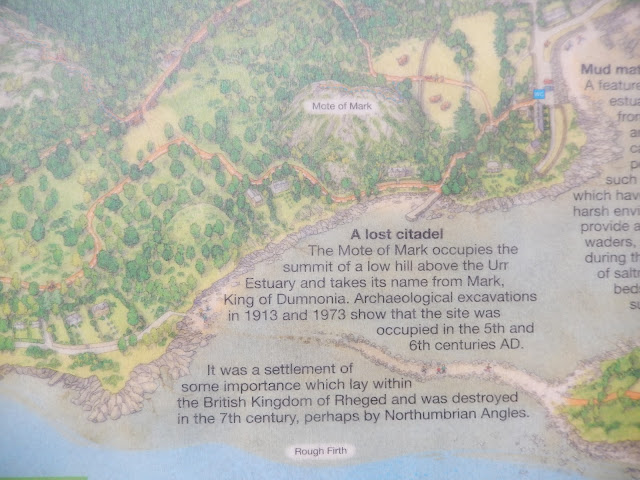 |
| Signage at the Mote of Mark, which overlooks the Urr estuary |
 |
| The Mote of Mark |
 |
| Moss-covered hawthorn tree |
 |
| The summit |
|
||
| Possible vitrified fortifications |
 |
| The mudflats south of the mound |
 |
| View to the north of the mound |
After more photos and measurements, I headed back to The Bonnington for a meal from The Moffat Chippy and a relaxing evening writing up my notes, planning my next day’s research, and purchasing train tickets for my upcoming trip to Germany.
Best wishes
Earl

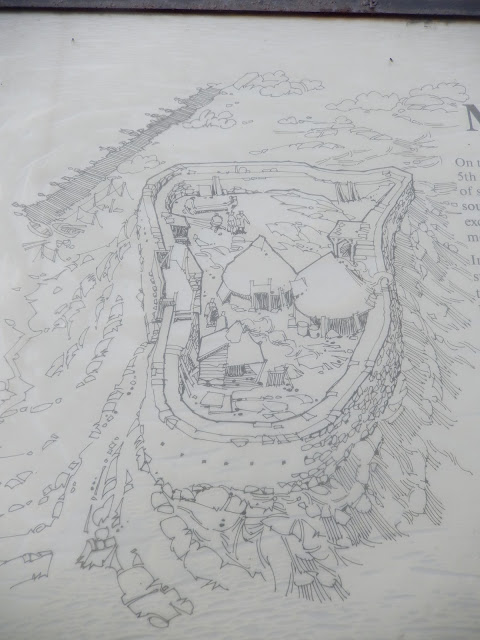

What wonderful places to capture in words and with your camera. Great we can experience it so fully while keeping out boots dry at home.
Thanks, Nadine. Glad to hear the experiences come across so vividly, though I wish I didn't have to get my boots and everything else thoroughly wet in the process 🙂